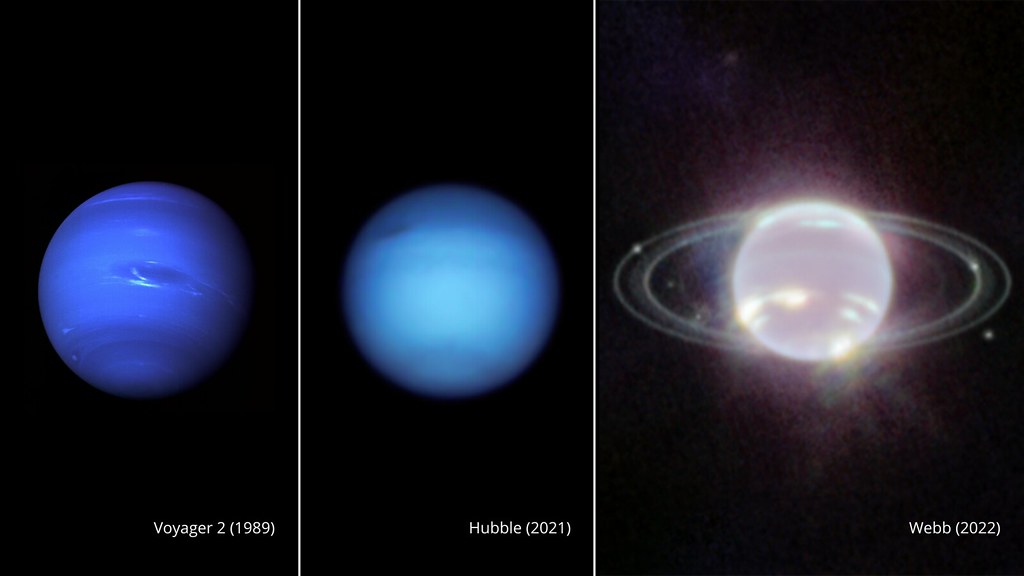Astronomers find ring much further away from planet than is normal, leaving them wondering how it remains stable
Astronomers have spotted a ring around a Pluto-sized dwarf planet called Quaoar in the outer reaches of the solar system.
The observations, by a powerful telescope on La Palma, reveal the ring to be much further away from the planet than is typical, calling into question how such systems form.
Prof Vik Dhillon, of the University of Sheffield’s department of physics and astronomy, and his co-authors, said: “The ring came as a real surprise and doubly surprising was where it was, well outside the theoretical maximum for where a ring can survive according to classical theory. These are the most unusual rings we’ve seen.”
The dwarf planet, which orbits beyond Neptune, is too distant and the ring too narrow to be seen directly. The detection was made during a so-called occultation event, when a planet passes directly in front of a star, meaning its sharp silhouette can be briefly observed by Earth-based telescopes.
“Astronomers who work in this area predict these occultations to the second, years in advance,” said Dhillon. “One of these was predicted and we were on the observatory on La Palma.”
The observations, by the HiPERCAM telescope, showed a sharp dip in starlight as Quaoar passed in front of the star. Intriguingly, two smaller dips, before and after, were also observed, which the astronomers realised indicated the presence of a ring system.
The ring is located at a distance of more than seven planetary radii, twice as far out as what was previously thought to be the maximum radius, known as the Roche limit. Inside the Roche limit, the planet exerts strong tidal forces that prevent debris in the ring amalgamating into a moon.

Beyond this threshold, the local gravity of the debris plays a greater role, meaning that denser regions of rock and ice tend to clump together, which in turn leads to even more debris gravitating towards the clump. This snowball effect is predicted, by current theories, to lead to the formation of a moonlet within decades.
The latest observations confound these theories and the team are exploring various possibilities for how the distant ring could remain stable. One idea is that the debris is “less sticky”, meaning that fragments in the ring are more likely to bounce off each other during collisions.
“If they have a really frosty ice coating then you can get quite an elastic collision, like hailstones colliding rather than snowflakes,” said Dhillon. “Everyone learns about Saturn’s magnificent rings when they’re a child, so hopefully this new finding will provide further insight into how they came to be.”
The findings are published in the journal Nature.
SOURCE: THE GUARDIAN


